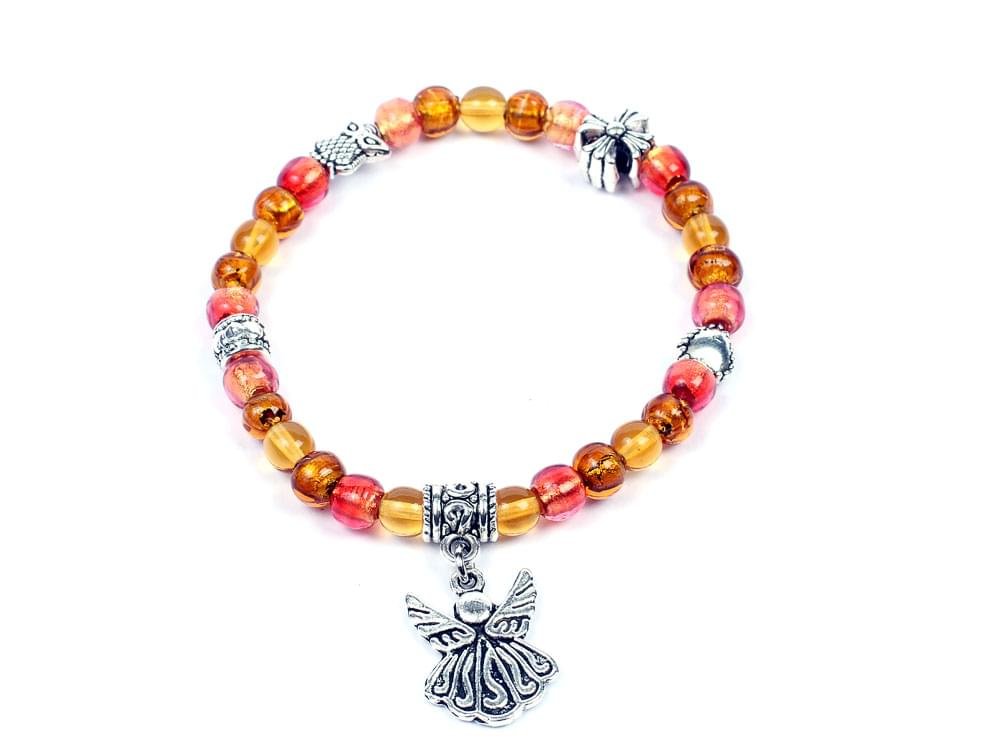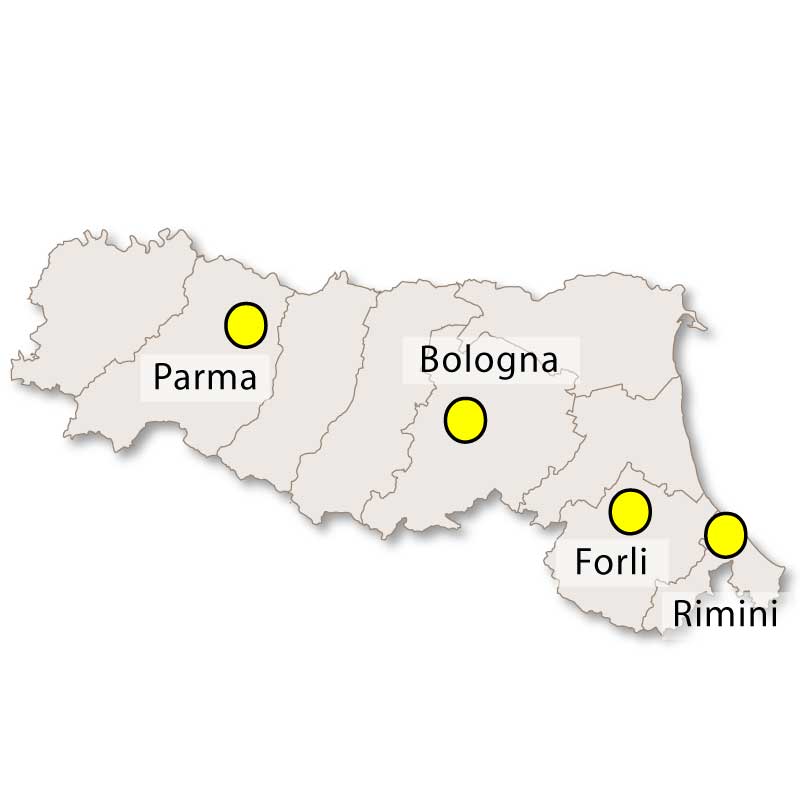
The province of Ravenna, located in the northeastern corner of Emilia-Romagna, is one of Italy’s most fascinating areas. It offers a compelling combination of ancient heritage, coastal landscapes and rich traditions that continue to influence the cultural fabric of the region.
This province is home to vast pine forests, long sandy beaches, artistic masterpieces and the remnants of a glorious imperial past. Whether you are drawn by history, nature or the sea, Ravenna province delivers a deeply enriching and diverse experience.

Ravenna province is internationally famous for its ancient mosaics, most of which date back to the early Christian and Byzantine periods. These works of art have earned several sites UNESCO World Heritage status and offer a stunning glimpse into the past.
The masterpieces found in churches and baptisteries such as San Vitale, Sant’Apollinare in Classe and the Mausoleum of Galla Placidia display rich color, symbolic detail and exceptional craftsmanship. They represent one of the highest achievements of late Roman and Byzantine art.
The province also stretches along a significant portion of the Adriatic coast, offering well-equipped beaches and relaxing seaside resorts. From Marina di Ravenna to Lido di Classe, the coast is popular with families, cyclists and sunseekers during the summer months.
Behind the beaches lie protected pine forests, remnants of the ancient Pineta di Classe. These woods provide walking and cycling paths, shaded picnic areas and a peaceful environment. The coastal dunes and wetlands are part of regional parks that support biodiversity and sustainable tourism.
The southern stretch of the Po Delta, which extends into the province, forms one of the most unique ecosystems in Italy. The Comacchio Valleys are a network of lagoons and marshes inhabited by flamingos, herons and countless other bird species.
These wetlands are ideal for birdwatching, photography and boat tours. They also preserve traditions like eel fishing and salt production. The nearby Ecomuseum of the Valleys of Comacchio and outdoor visitor centers help explain the area’s environmental and cultural significance.
The cultural influence of Ravenna province extends far beyond mosaics. The province was a spiritual center during the early Christian era and continued to attract poets, artists and thinkers throughout the centuries. The presence of Dante Alighieri, who died and was buried in Ravenna, is especially significant.
Dante’s tomb is a pilgrimage site for lovers of literature and history. Nearby monuments and museums offer context on his final years. Other treasures include the Benedictine Abbey of Pomposa, which played a crucial role in medieval music and manuscript preservation.
Inland areas of the province reveal a quieter, rural character. Villages like Brisighella, set among hills and olive groves, offer medieval architecture and warm hospitality. Known for its three hills, fortress and historic oil mills, Brisighella is a favorite destination for slow travel.
Other noteworthy towns include Bagnacavallo and Faenza, the latter known worldwide for its majolica ceramics. These places combine artistic craftsmanship with centuries of tradition, making the inland areas just as rewarding to visit as the coast or capital.
The province of Ravenna is alive with festivals that celebrate history, food and the arts. Ravenna Festival, one of the most prestigious performing arts events in Italy, fills churches, cloisters and squares with music, dance and theatre each summer.
Other events include food fairs in the villages, medieval reenactments and artisan markets. These experiences highlight the strong community bonds and deep cultural roots that still define life in the region today.
Nature lovers will find plenty of outdoor opportunities in the province of Ravenna. The combination of sea, woods, rivers and wetlands makes it ideal for walking, cycling and wildlife observation. Trails and parks are well maintained and often include educational signage for visitors.
Boat tours in the valleys, canoeing along coastal canals and horseback riding through pine forests are among the many activities available. The area has embraced eco-tourism, offering nature-based experiences that respect the delicate balance between environment and tourism.
The province of Ravenna is a place where history, nature and art are deeply intertwined. Every corner of the landscape tells a story, whether through a mosaic, a Roman road or a song sung at a village fair. It is a land of complexity and grace, where the past and present coexist in harmony.
Visiting Ravenna province means exploring a world shaped by emperors and artists, fishermen and farmers. It is a journey through the soul of Emilia-Romagna, filled with light, colour and meaning in every detail.

More Details



